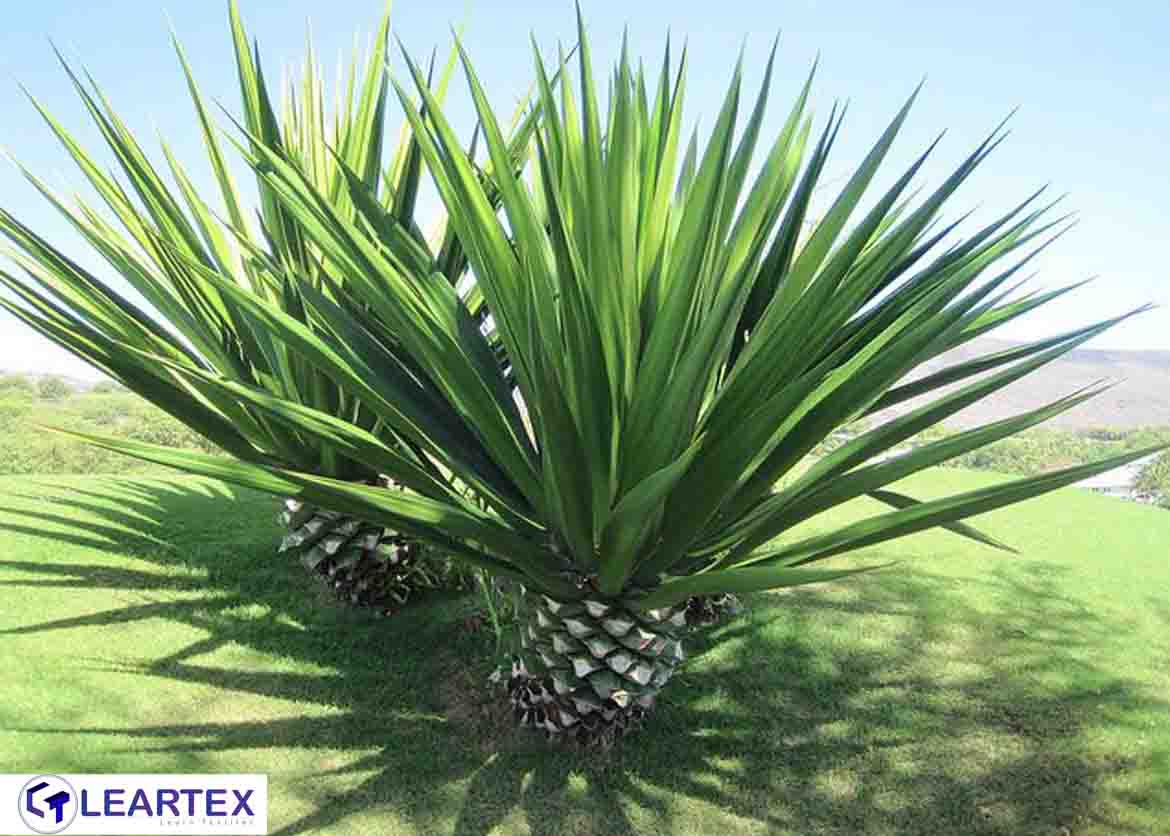
Sisal Fiber is also known as Agave Fiber. Agave Americana is the cheaply available plant commonly known as “Aloe vera”. It has many uses, one of them is for extracting the fiber from their leaves.
Due to the lack of knowledge about Agave Americana fiber, it is used in non-textile areas such as for preparing ropes and mats.
But in research on Agave Americana fiber, found excellent properties such as length, strength, and luster, therefore; it is used in the textile area for producing fabric.
Plant Characteristics
- An evergreen perennial growing at a slow rate. Mass per plant is about 150 Kg.
- It is in leaf form all year. Leaf length is 250m, width 20cm, and thickness 5 cm.
- The flowers are hermaphrodite (have both male and female organs) and are pollinated by Lepidoptera (Moths & Butterflies and bats).
- The plant prefers light (sandy) and medium (loamy) soils and requires well-drained soil. The plant prefers acid, neutral, and basic (alkaline) soils.
- It cannot grow in shade. It requires dry or moist soil and can tolerate drought.
- The yield per hector of this plant is 300 tons which gives about 6 tons of fiber.
Agave Fiber Extraction
Agave Americana fibers run along the length of the plant leaves and are part of the vascular system. These fibers can be extracted from leaves using several methods as described by Zwane and Cloud. Fiber extraction can be achieved through mechanical and chemical processing.
Agave Fiber Conclusion
According to their properties, Agave Americana fibers can be used in technical applications such as reinforced composite materials, paper making, non-woven fabrics,
geotextiles, etc.
This fiber was bound to qualify as a potential source of textile fibers and this could provide a secondary source of raw materials for textile products.
Similarly, the allied activities of cultivating and processing the plant could be a potential source of employment opportunities and income generation. The plant is grown as an ornamental outdoor and indoor plant and as a fence.
References:
You May Also Read:
